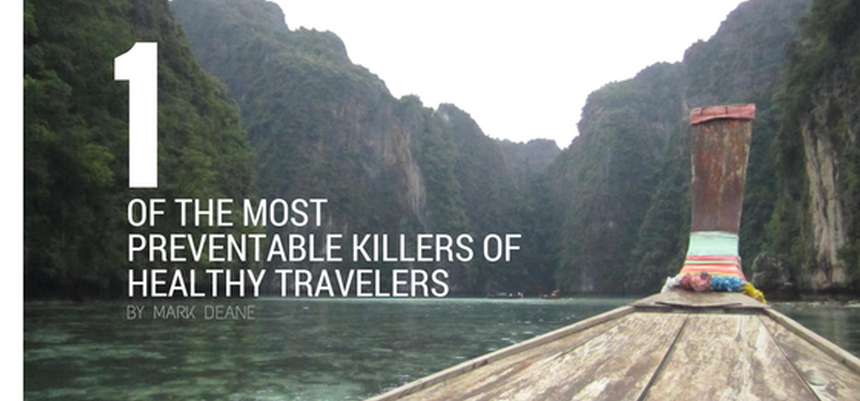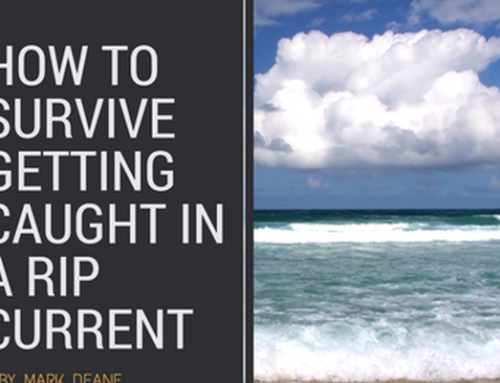Which is one of the most preventable killers of healthy travelers abroad?
In July 2016 a 22 year old British Tourist in Ibiza, Spain drowned after jumping into the sea on an early evening swim. This is just one of what will be hundreds of traveler deaths by drowning around the world this year. Drowning is in the top 5 killers of travelers abroad. It is also one of the most avoidable. Hundreds of travelers every year perish in rip currents, heavy surf and through misadventure in the water. Hundreds more are seriously injured or paralyzed. So what can be done to prevent, or reduce the possibility of travelers getting into difficulty whilst still enjoying time in the water?
Top 10 tips for water safety
- Seek local knowledge. The local population will always know the safest areas to enjoy, especially the lifeguards at the beach! As well as being able to react to any incident, lifeguards are really there to inform the public about anything that maybe dangerous in the water. Brightly coloured flags and notices may warn you of danger, but always ask those on duty what the signs mean, but most importantly obey them, they are there for your safety. Never be afraid to approach the lifeguards or be seen to ask ‘stupid questions’. Any beach locals will have likely experienced visitors getting caught out by tides, currents and other dangers, and 99% of the time will highly motivated to help guide you in the right direction.
- Do not drink alcohol and swim. As well as impeding your judgment, alcohol also lowers your body temperature and increases your level of dehydration. The human body becomes very fatigued even with a relatively low level of dehydration and thus decreasing your own strength, which you may have to rely on once in difficulty.
- How cold is the water you are entering? As with alcohol, the cold can seriously affect your ability to think rationally, it can sap your strength extremely quickly and you lose your fine and gross motor skills. A recent study has suggested that with the water temperature at 32.5 F/0.3C, an average person will only remain conscious for 15 minutes.The water may not be too cold initially, however the duration that you are in that water for can still sap body heat over a period of time. Think about how long you will be in the water for.
- Can you get out easily? Before jumping in to any water feature, have a quick look around and understand how you can get out. There are numerous stories of people jumping in from cliffs into beautiful mountain pools, just to find that there is no way out other than climbing up a sheer granite rock face or expending what little energy you have left clambering up a long slippery and hazardous river beds.
- Is it a polluted? Although the water may appear to be idyllic, take a moment to consider is anyone else swimming, are there fish or other wildlife drinking and living there, are there any strange smells or colouring. Research the beach that you are visiting, certain beaches in Rio de Janeiro for example have pollution levels that are dangerously high. Also, look for sewerage outlets nearby that may be contaminating the local stretch of beach.
- What wildlife is indigenous to the area that could injure or kill me. In June 2016 a 2 year old was tragically drowned by an alligator in Florida, dragged into the water, but also think about jellyfish, sharks and other sea creatures that may affect you. If swimming in certain areas of Australia for example, the Box jellyfish could injure or kill you.
- Know your own ability. If you are heading out on an ‘island to island’ swim in Fiji, or getting out on the surfboard in Bali know your abilities and give yourself an honest appraisal. If you have never swum a mile in open water, then why start now? Or if you really want to, can you take something to assist in buoyancy? If you have never surfed 8 foot waves would it be more sensible to search for more suitable conditions?
- Cliff jumping is cool, but it is also extremely dangerous. If you do go, make sure you go with reputable guides. Do not assume the jump is safe. Go to the landing spot, check the depth of the landing area, look underwater for hidden rocks, ledges or debris. Think about point number 4!! How will you get out once you have jumped. Are there waves, or currents, do you have the capability and experience to get onto dry land in surf.
- Learn what a rip current is, how to identify one and how to survive them . Rip currents will drag you out to sea quickly and are one of the leading causes of drowning abroad. Explore Secure have a dedicated blog article on Surviving Rip currents – click here, or check out our travel safety briefing for an in-depth animated briefing on what they are, how to avoid them, and how to survive them.
- If you travel on a boat, especially in developing regions where safety protocol may not be as stringently enforced e.g. SE Asia/Africa/Latin America then make sure the vessel has enough life jackets for all occupants, is not overloaded and has fire fighting equipment.
For more information relating to water safety whilst overseas, such as surviving riptides, please visit us at https://exploresecure.com/ and review our on-line travel safety briefing. Our travel safety and security briefings are designed for students, gap year travellers and young backpackers heading off on their first adventures. Teaching how to pro-actively identify threats early to avoid danger.






